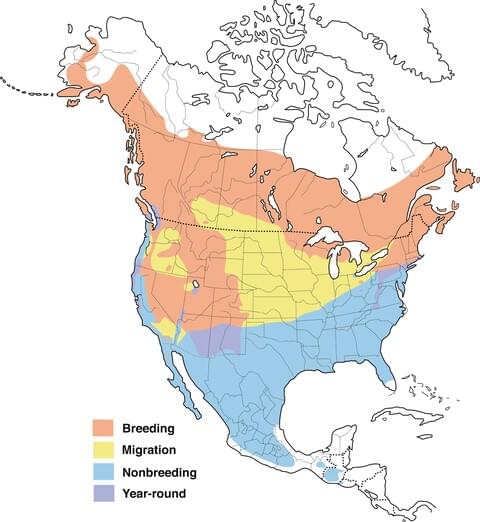Hermit Thrush – Bird Art Print on Wood
$48.00 – $55.00
About the Bird Art:
- Archival pigment giclée print mounted on a cradled wood block and coated with a UV resistant protectant to prevent fading.
- Each block is signed, titled, and numbered on the back.
- Ready to hang from a sawtooth hanger attached to the back.
- Watermarks will not appear on print. Color may vary (based on your monitor settings).
- Available sizes: 4″x4″ | 6″x6″
See more below.
This listing is for a limited edition, fine art print of my original painting of a Hermit Thrush called, “Past-Life Puffer Fish”
This puffball of a bird pops through my backyard from time to time. Its round body atop twiggy little legs makes it look a bit like a cartoon. I’m always happy to catch a glimpse of this shy creature.
Watch the Painting Come Together
from AllAboutBirds.org:
An unassuming bird with a lovely, melancholy song, the Hermit Thrush lurks in the understories of far northern forests in summer and is a frequent winter companion across much of the country. It forages on the forest floor by rummaging through leaf litter or seizing insects with its bill. The Hermit Thrush has a rich brown upper body and smudged spots on the breast, with a reddish tail that sets it apart from similar species in its genus.
- Males usually gather food for the nest, while females feed the nestlings. The young birds start by eating bits of larvae, then grasshoppers, moths, and spiders. One Hermit Thrush has been seen trying to give a nestling a salamander more than 1.5 inches long.
- Hermit Thrushes usually make their nests in and around trees and shrubs, but they can also get more creative. Nests have been found on a cemetery grave, on a golf course, and in a mine shaft.
- Hermit Thrushes sometimes forage by “foot quivering,” where they shake bits of grass with their feet to get insects. They also typically begin to quiver their feet as they relax after seeing a flying predator. Some scientists think the quivering happens as the bird responds to conflicting impulses to resume foraging or continue taking cover.
- East of the Rocky Mountains the Hermit Thrush usually nests on the ground. In the West, it is more likely to nest in trees.
- Hermit Thrushes make several distinct calls around their nests. They will sometimes make a rising byob sound similar to a canary call or mewing kitten. Females frequently rearrange their eggs while making quit quit noises. In the morning, two adults meeting near the nest will greet each other with a pweet pweet call.
- Hermit Thrushes are part of a genus (Catharus) that includes four other similar thrushes in North America: the Veery, Swainson’s Thrush, Gray-cheeked Thrush, and Bicknell’s Thrush. In the northeastern mountains, the Veery lives at the lowest elevations, Hermit Thrushes at middle elevations, and Swainson’s Thrushes at high elevations.
- The oldest recorded Hermit Thrush was at least 10 years, 10 months old when it was recaptured and rereleased during banding operations in Maryland in 2009. It had been banded in the same state in 1999.

Range map by Birds of North America
| Bird Art | 4" x 4", 6" x 6" |
|---|
You must be logged in to post a review.





Reviews
There are no reviews yet.